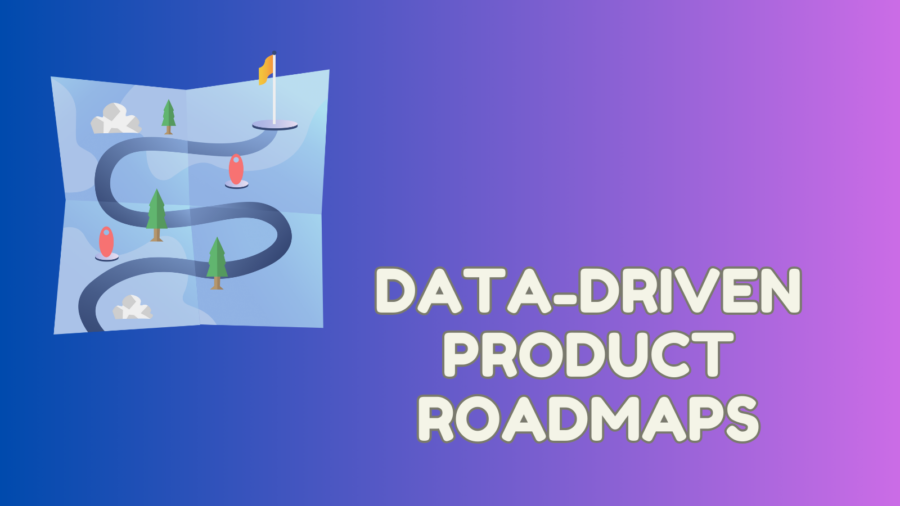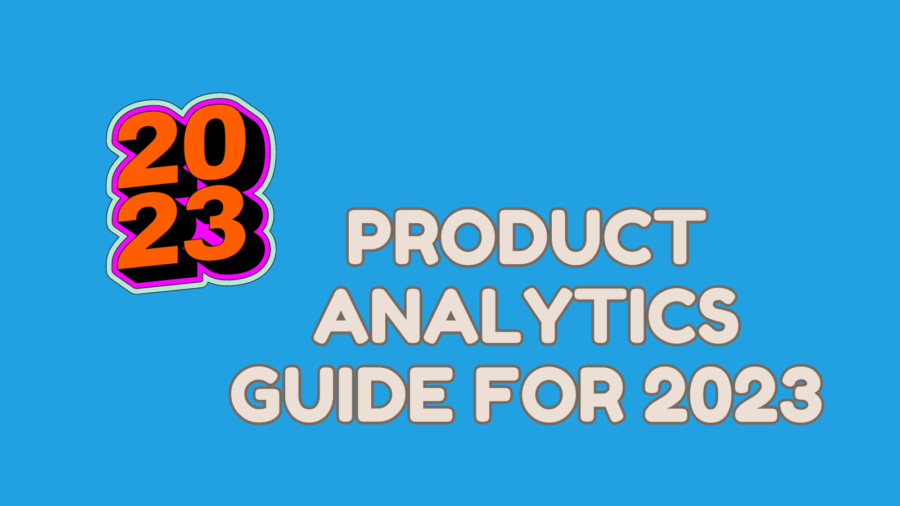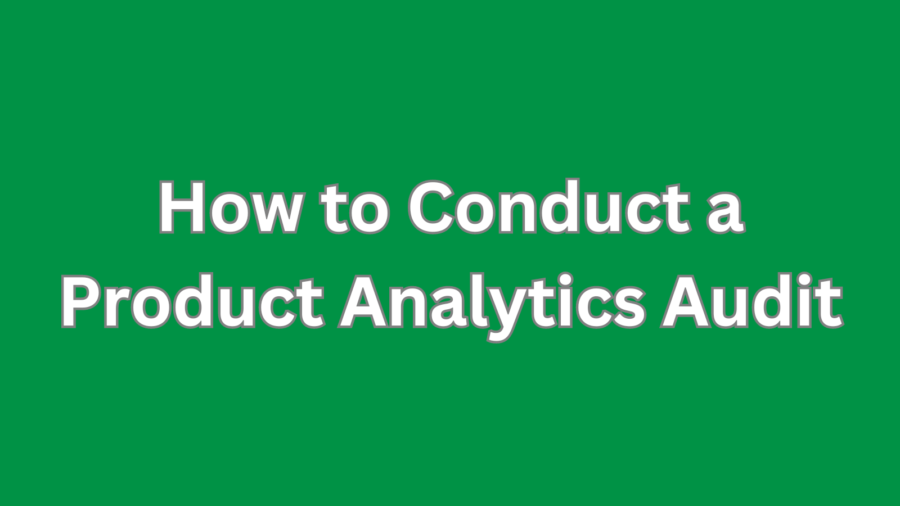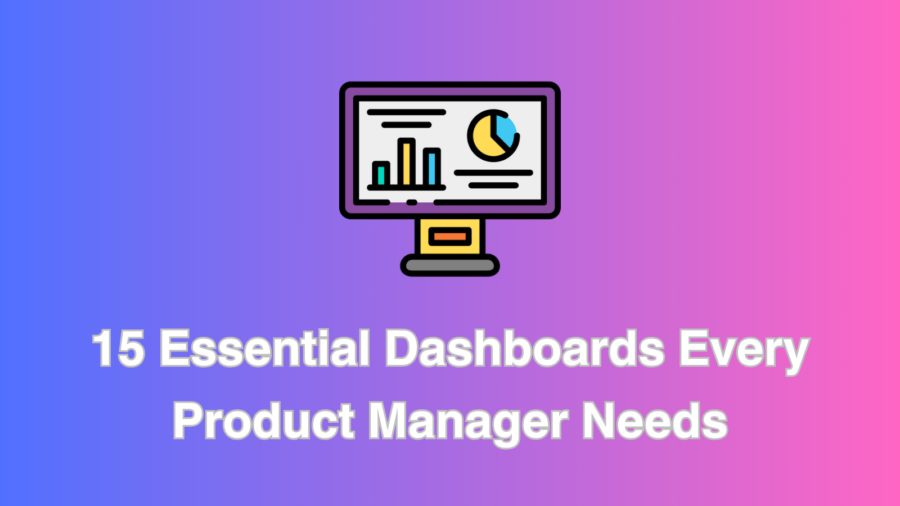Successful product development relies on informed decision-making and adaptability. A well-crafted and data-driven product roadmap is one key tool that empowers product teams to navigate this dynamic environment. By leveraging analytics insights, companies can streamline their development process, enhance customer satisfaction, and stay ahead of the competition.
Understanding the Importance of Data-Driven Product Roadmaps
A product roadmap serves as a strategic guide, outlining the vision and direction for a product over time. Traditionally, these roadmaps were often created based on assumptions, market trends, and stakeholder opinions. However, relying solely on intuition can mislead customer needs and market demands.
Data-driven product roadmaps are rooted in evidence and insights derived from analytics. By tapping into the wealth of data available, product teams can gain a deeper understanding of user behavior, market trends, and the performance of existing features. This approach enables companies to make informed decisions and prioritize features and improvements most likely to drive value.
Utilizing Analytics Insights for Informed Decision-Making
Analytics insights play a pivotal role in shaping a data-driven product roadmap. By leveraging data from various sources, such as user interactions, customer feedback, and market trends, product teams can comprehensively view their product’s performance and user satisfaction.
- User Behavior Analytics
Understanding how users interact with a product roadmap is essential for effective decision-making. Utilizing tools like Google Analytics or Mixpanel, product teams can track user journeys, identify popular features, and pinpoint areas where users may be experiencing friction. This insight is invaluable for prioritizing enhancements and optimizing user experience. - Customer Feedback Analysis
Customer feedback, whether obtained through surveys, reviews, or support tickets, provides valuable qualitative data. Natural Language Processing (NLP) tools can help analyze this feedback at scale, extracting themes and sentiments. By incorporating customer insights into the product roadmap, teams can address pain points, enhance features, and align development efforts with user expectations.
Market Trends and Competitor Analysis
Staying abreast of market trends and monitoring competitor activities is crucial for product roadmap strategy. Analytics tools that track industry trends and benchmark performance against competitors can inform strategic decisions and help identify opportunities for differentiation. This information guides the allocation of resources and ensures that the product roadmap remains competitive.
The Iterative Nature of Data-Driven Roadmaps
One of the key advantages of a data-driven approach is its inherent flexibility. Unlike traditional product roadmaps that may become obsolete as market conditions change, data-driven product roadmaps are designed to evolve based on real-time insights. This iterative nature allows product teams to adapt quickly to shifting priorities and emerging opportunities.
- Continuous Feedback Loops
Data-driven product roadmaps thrive on continuous feedback loops. Reviewing analytics data and customer feedback enables teams to identify trends and respond proactively. Whether addressing performance issues, seizing market opportunities, or adjusting priorities based on user needs, the feedback loop ensures that the product roadmap remains aligned with dynamic business environments. - Agile Development Practices
Agile methodologies and data-driven product roadmaps complement each other seamlessly. Product teams can incorporate feedback and analytics insights more effectively by breaking down development into smaller, manageable iterations. This iterative process fosters a culture of continuous improvement, allowing teams to learn from each release and adjust their course accordingly.
Implementing a Data-Driven Roadmap Framework
Creating a data-driven product roadmap involves a structured approach that integrates analytics insights into decision-making. Here’s a step-by-step framework to guide product teams:
- Define Clear Objectives
Clearly articulate the goals and objectives of the product roadmap. Whether increasing user engagement, improving conversion rates, or expanding market share, a well-defined purpose provides a foundation for data-driven decision-making. - Identify Key Metrics
Determine the key performance indicators (KPIs) that align with the defined objectives. These metrics will serve as the foundation for analytics, providing measurable insights into the product roadmap’s success.
Collect Relevant Data
Utilize a combination of analytics tools to collect relevant data. This may include user behavior data, customer feedback, and market intelligence. Ensure that the data collected aligns with the identified KPIs.
Analyze and Interpret Data
Leverage analytics tools to analyze the collected data. Look for patterns, trends, and outliers that provide meaningful insights into user behavior, market dynamics, and the effectiveness of existing features. Prioritize Based on Impact
Use the insights gained to prioritize features and improvements based on their potential impact on the defined objectives. This step ensures that development efforts are focused on initiatives that align with strategic goals.
Create a Flexible Roadmap
Develop a product roadmap that reflects the prioritized features and improvements. However, maintain flexibility to adapt to changing circumstances. Use visual tools like Gantt charts or Kanban boards to communicate the product roadmap effectively.
Implement and Monitor
Begin implementing the prioritized initiatives and closely monitor the defined metrics. Monitor the impact of changes and iterate based on the continuous feedback loop.
Iterate and Learn
Embrace the iterative nature of data-driven product roadmaps. Regularly revisit analytics data, customer feedback, and market trends to refine the product roadmap. Learn from both successes and failures, adjusting the course as needed.
Challenges and Best Practices
While implementing a data-driven product roadmap offers numerous benefits, it also comes with challenges. Here are some common challenges and best practices to overcome them:
- Data Quality and Accuracy
Challenge: Inaccurate or incomplete data can lead to misguided decisions.
Best Practice: Implement data quality checks, validate data sources, and invest in data governance to ensure the accuracy and reliability of the product roadmap. - Balancing Short-Term and Long-Term Goals
Challenge: Striking the right balance between short-term wins and long-term strategic goals can be challenging.
Best Practice: Prioritize initiatives aligning with immediate business needs and the overarching vision. This ensures a balanced approach to product roadmap development. - Communicating the Roadmap
Challenge: Effectively communicating the product roadmap to stakeholders and team members is crucial for alignment.
Best Practice: Use visual tools to create easily digestible representations of the product roadmap. Provide regular updates to keep everyone informed and aligned with the product roadmap strategy. - Adapting to Market Dynamics
Challenge: Rapid changes in market conditions may necessitate quick adjustments to the product roadmap.
Best Practice: Foster a culture of adaptability and agility. Encourage the team to stay informed about market trends and be ready to pivot when necessary. - Data Privacy and Security
Challenge: Ensuring the privacy and security of user data is paramount.
Best Practice: Implement robust data protection measures, comply with relevant regulations, and communicate transparently with users about product roadmap data usage policies.
Conclusion
Creating a data-driven product roadmap is not just about responding to current market demands but also about anticipating and shaping the future. By weaving analytics insights into the fabric of your product development strategy, you create a roadmap that is not static but dynamic, capable of adapting to the ever-changing landscape of user expectations and market dynamics.
Remember, the term “product roadmap” is not just a plan; it’s a journey. It’s a strategic guide that evolves as your product evolves. Through continuous feedback loops, iterative development practices, and analytics integration, your product roadmap becomes a powerful tool for innovation and growth.
As we navigate the complexities of the business world, let data be your compass and analytics be your guide. By crafting a data-driven product roadmap, you are not just steering your product toward success; you are shaping your organization’s future in a world driven by insights and informed decisions.





